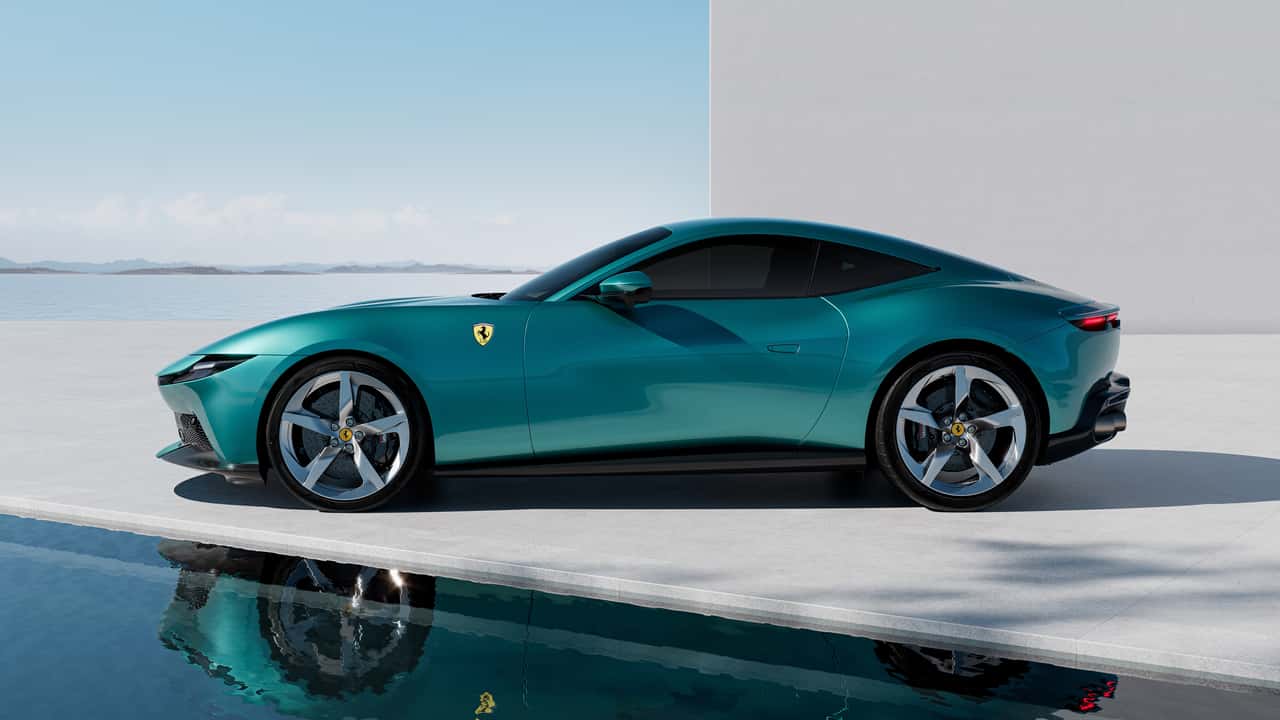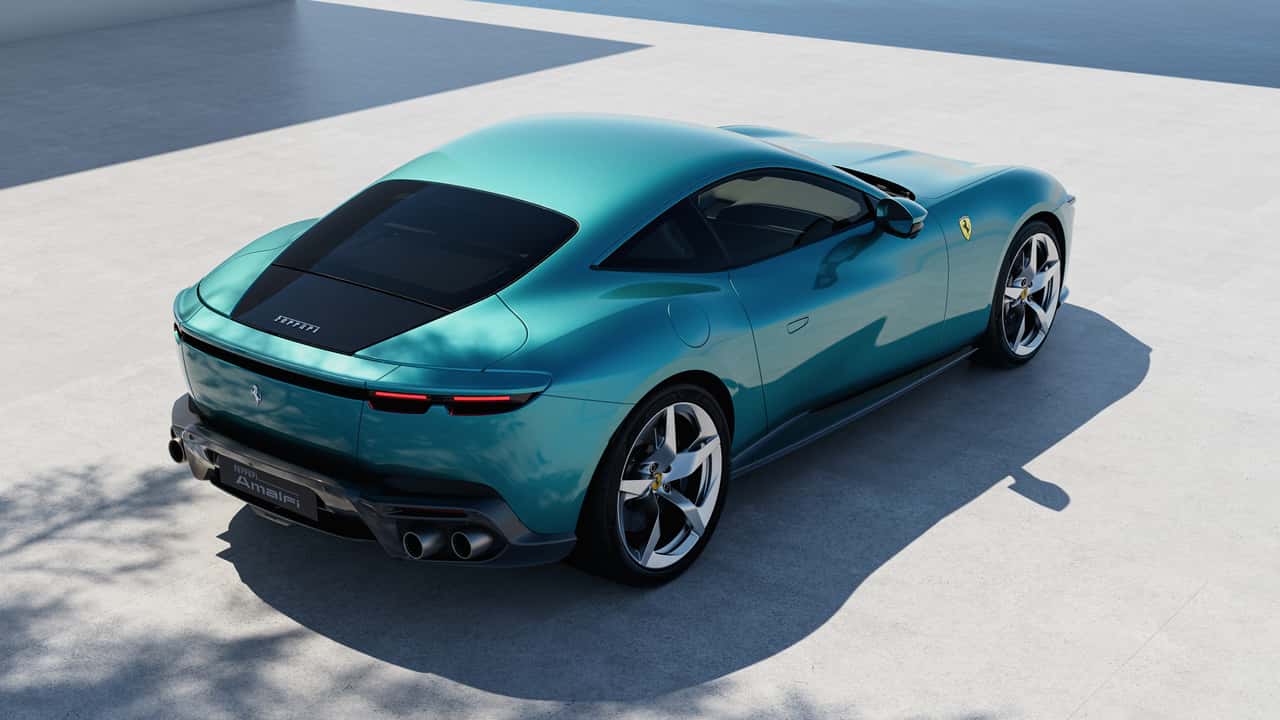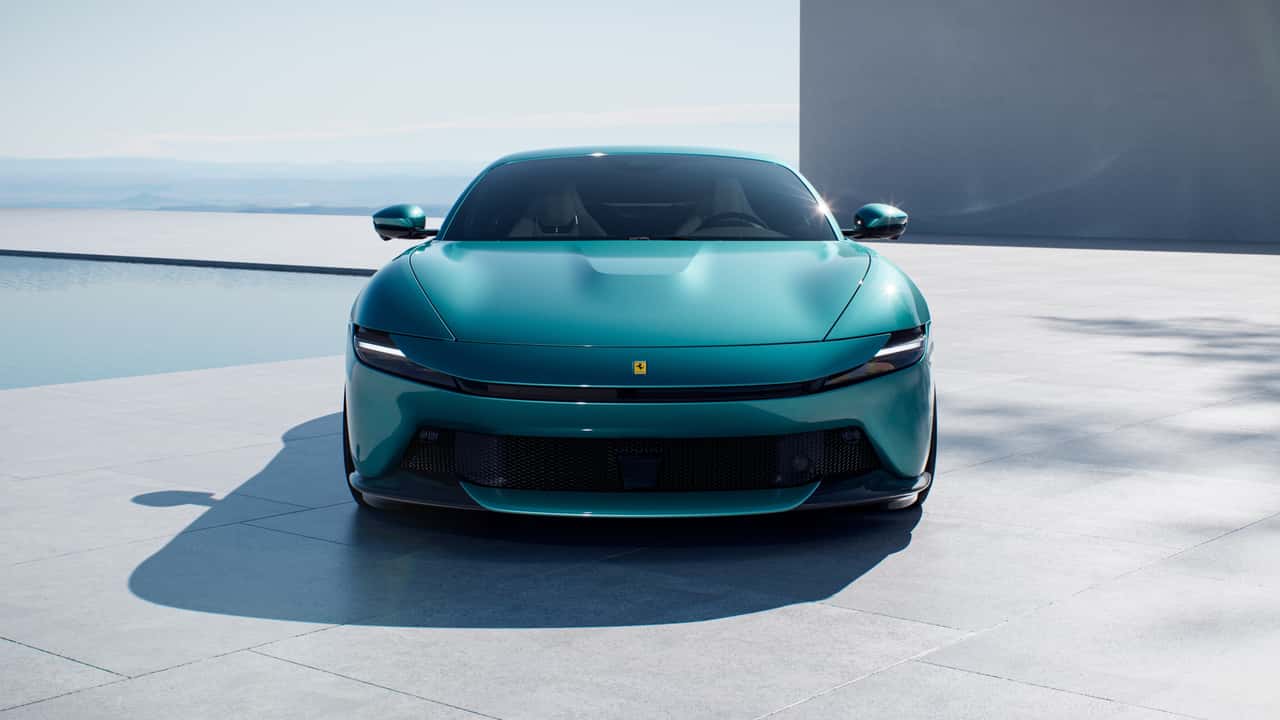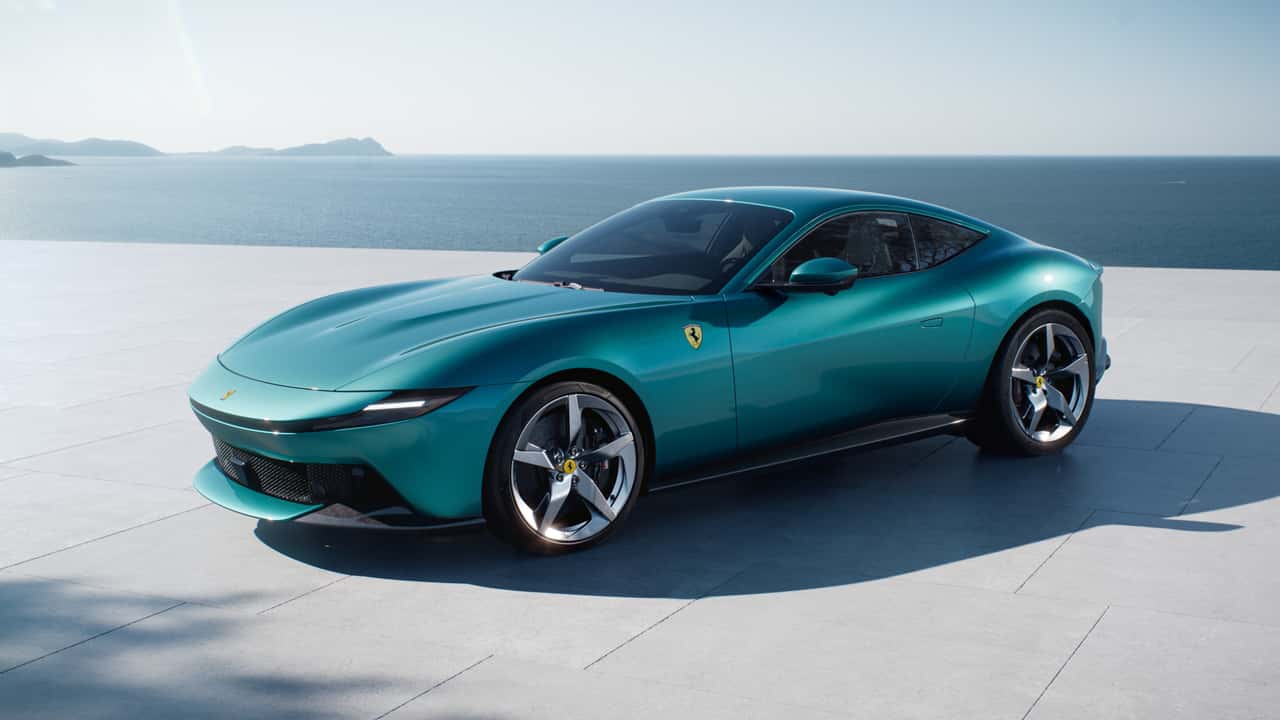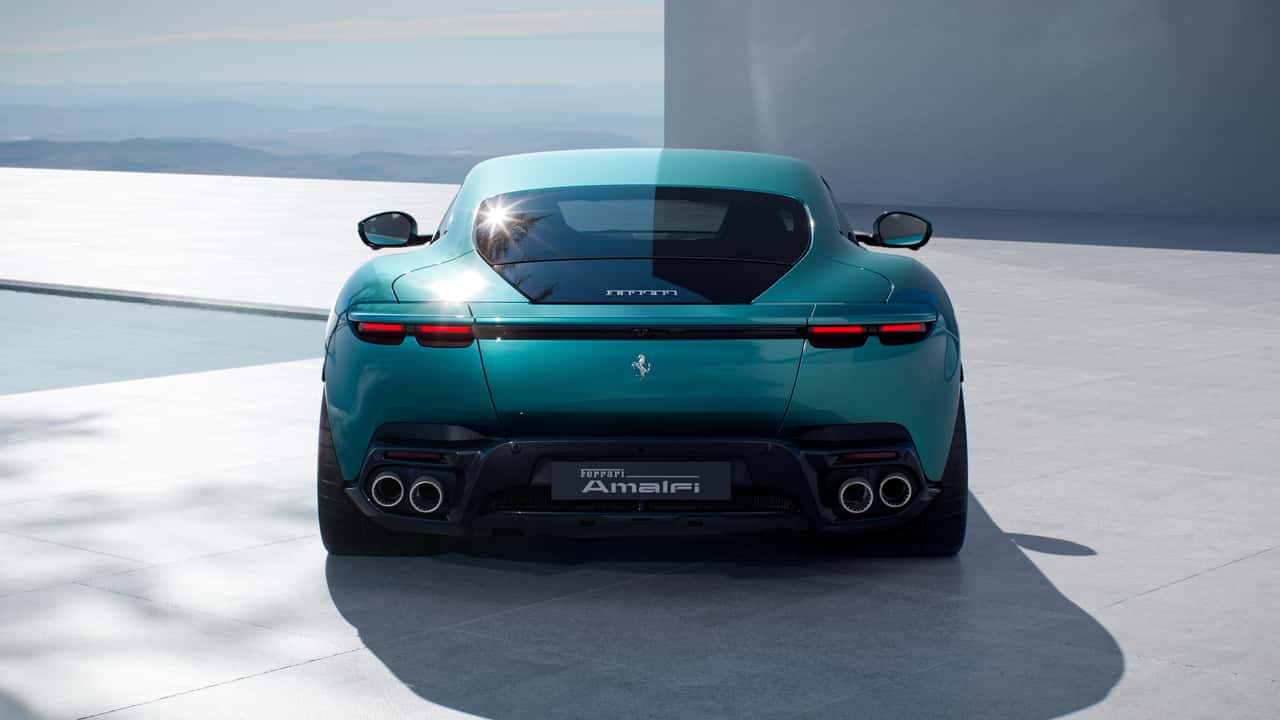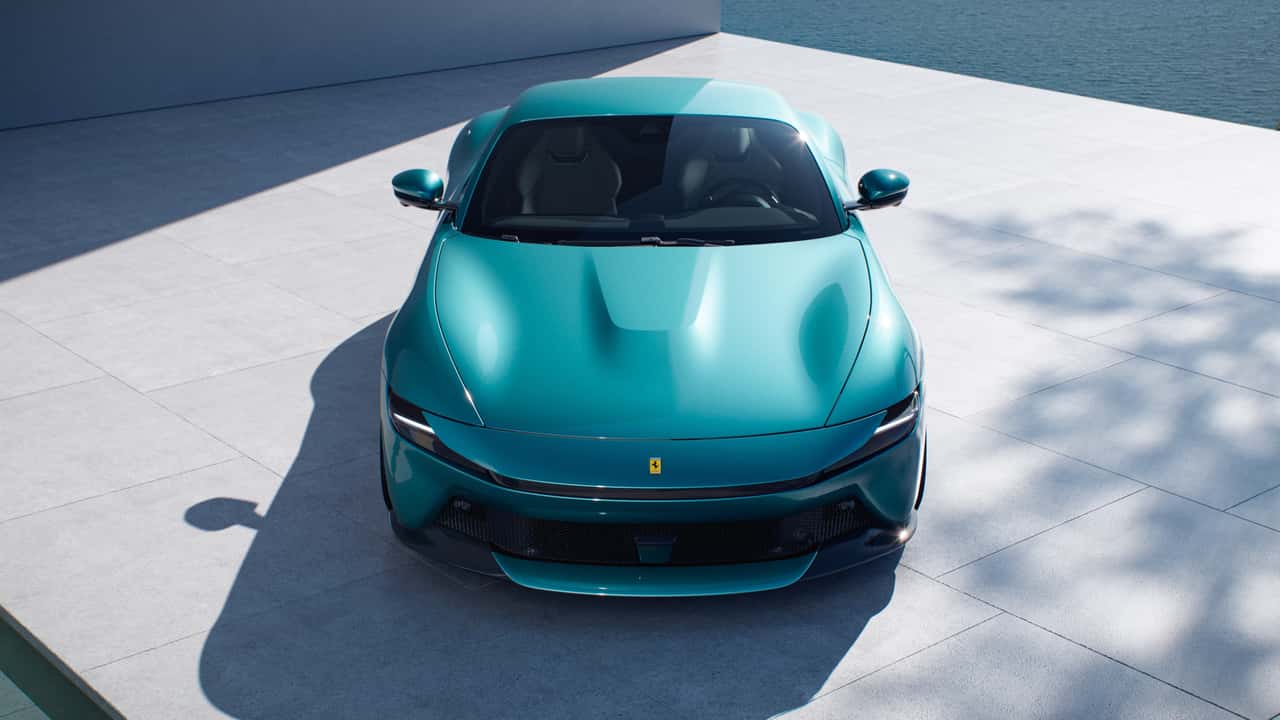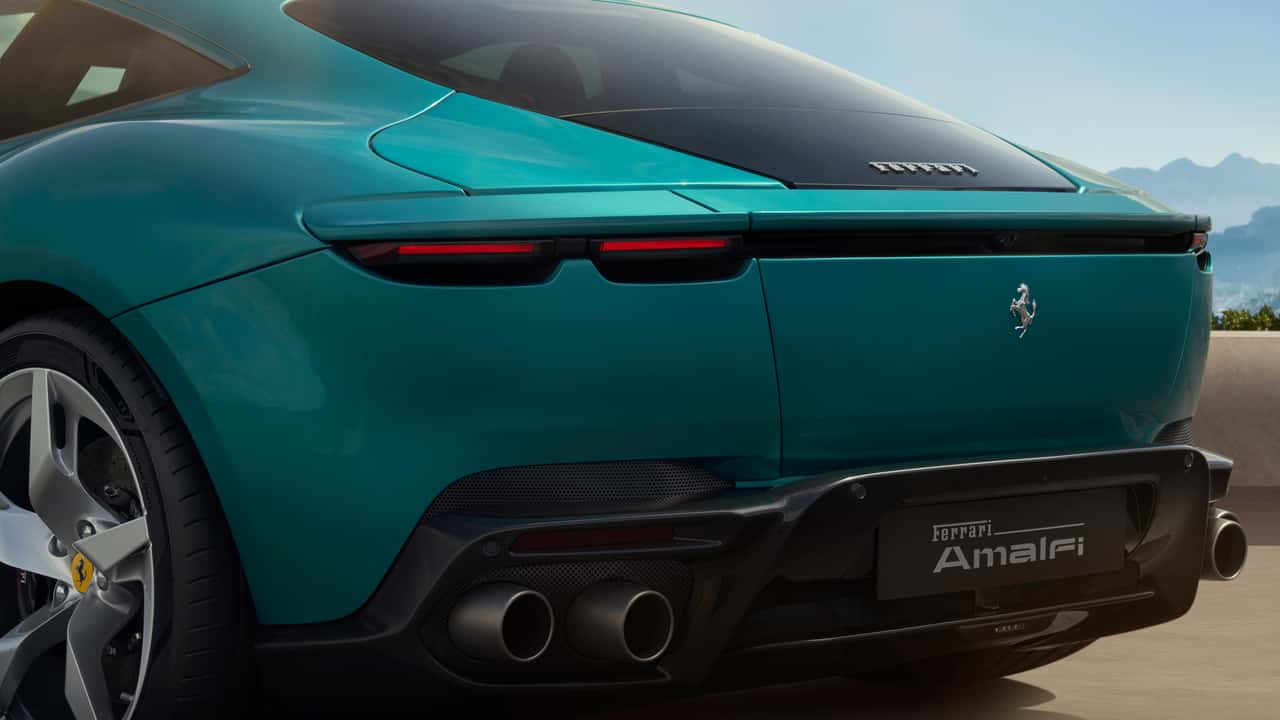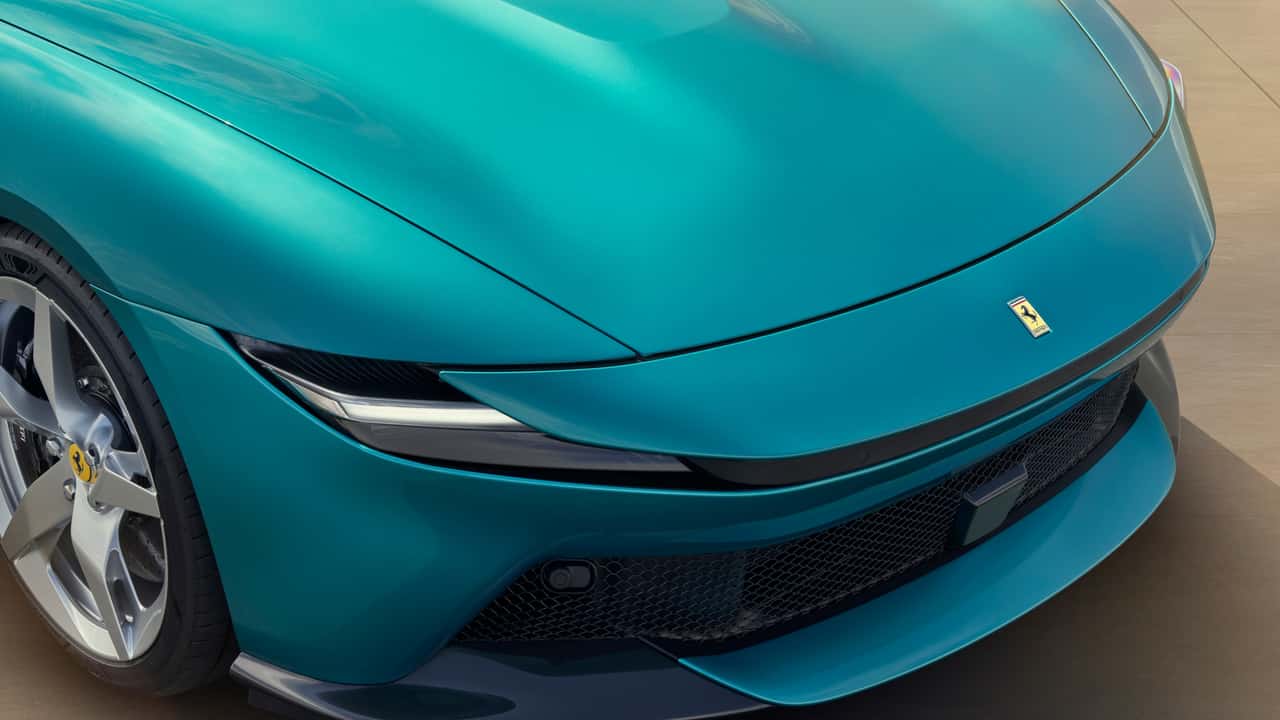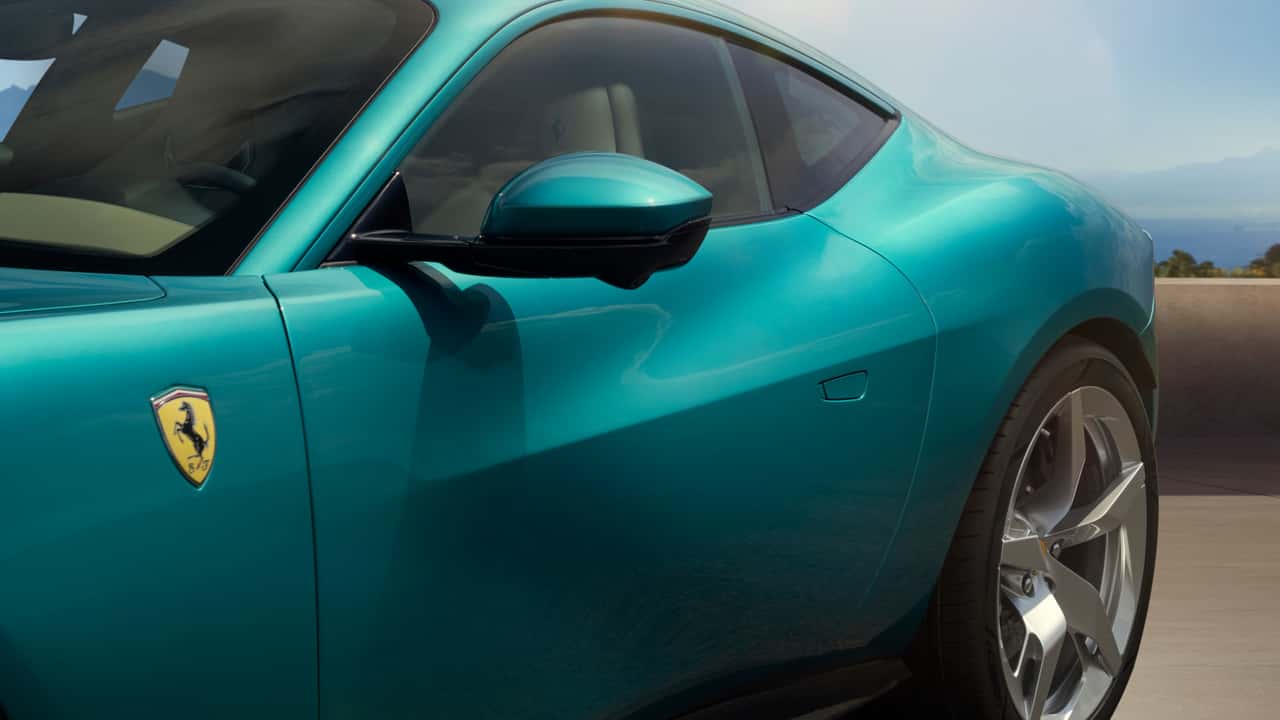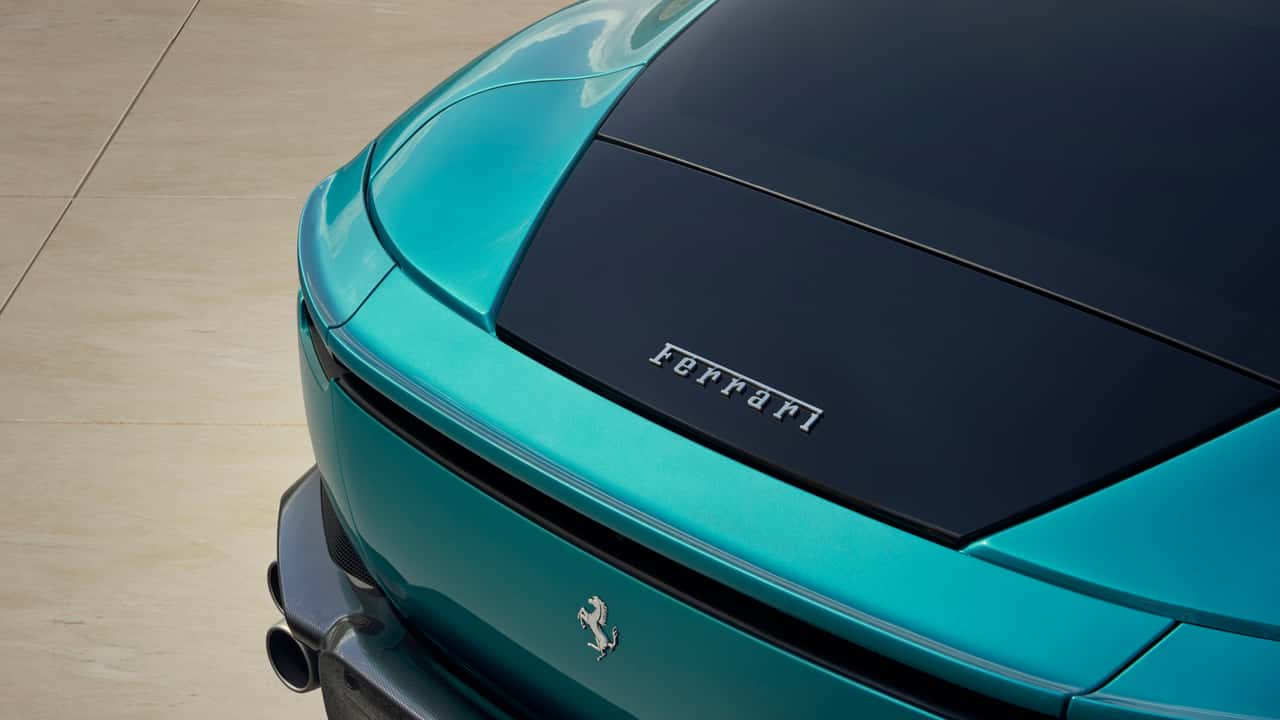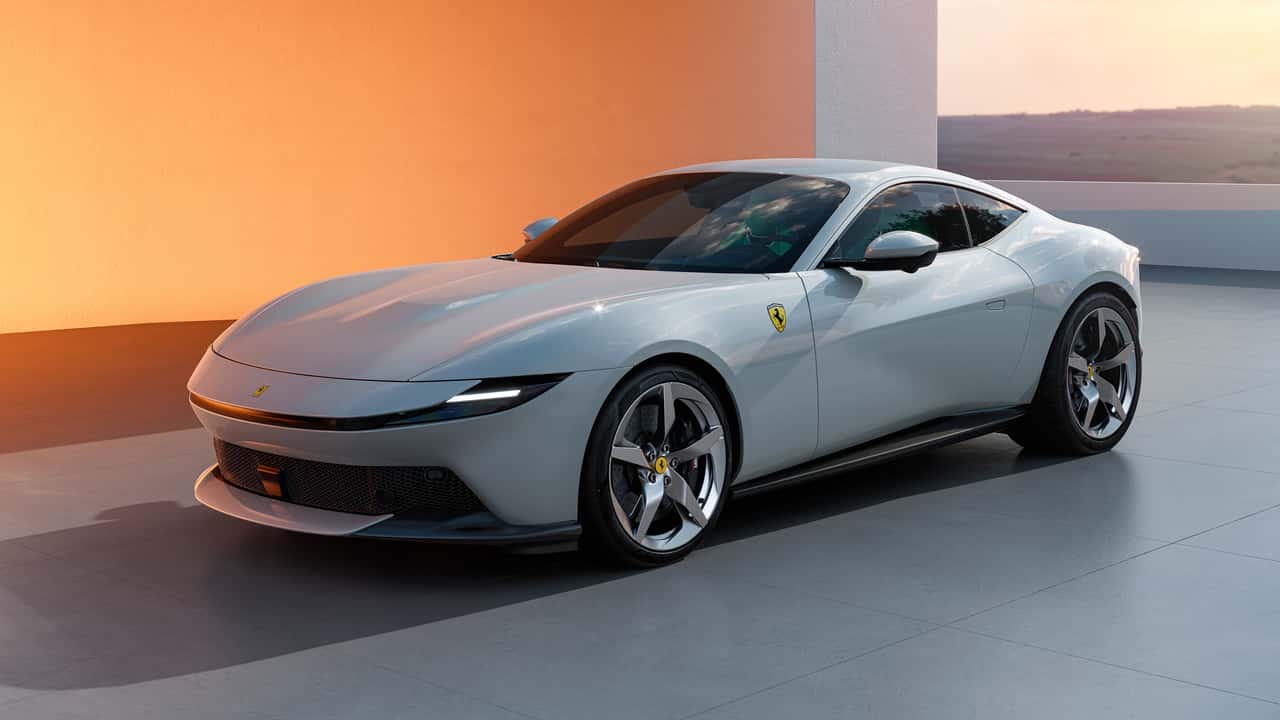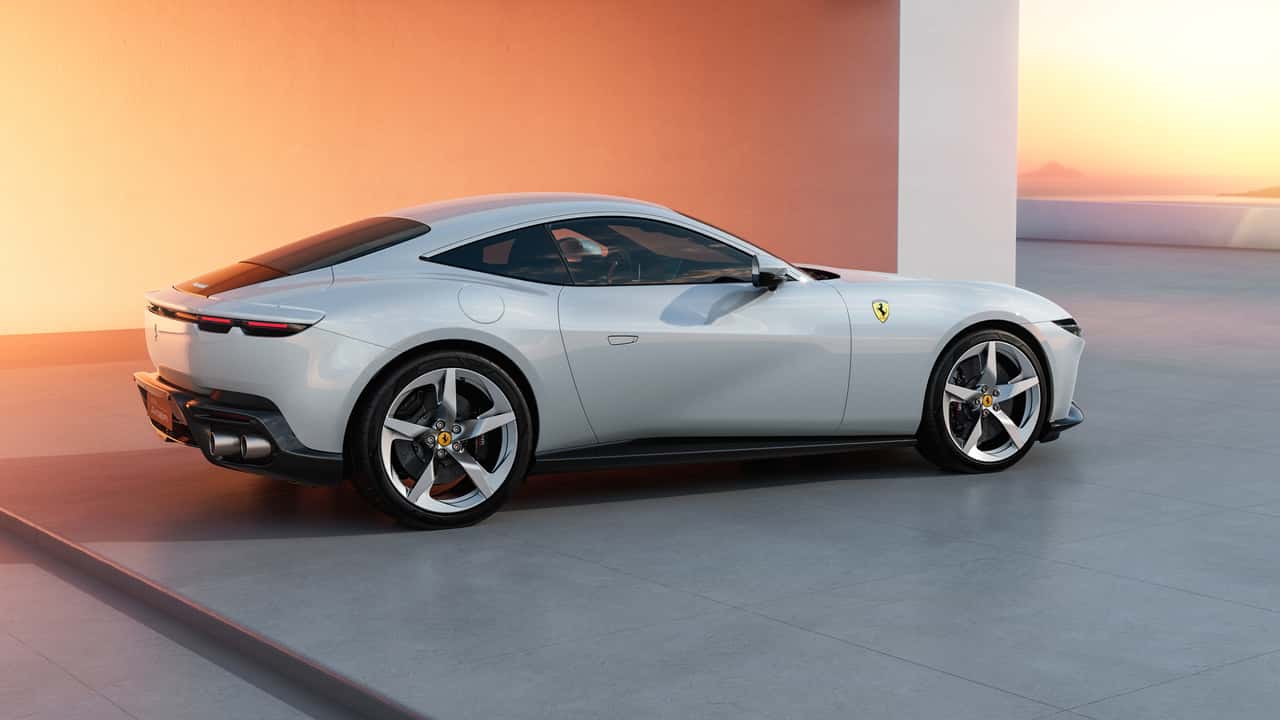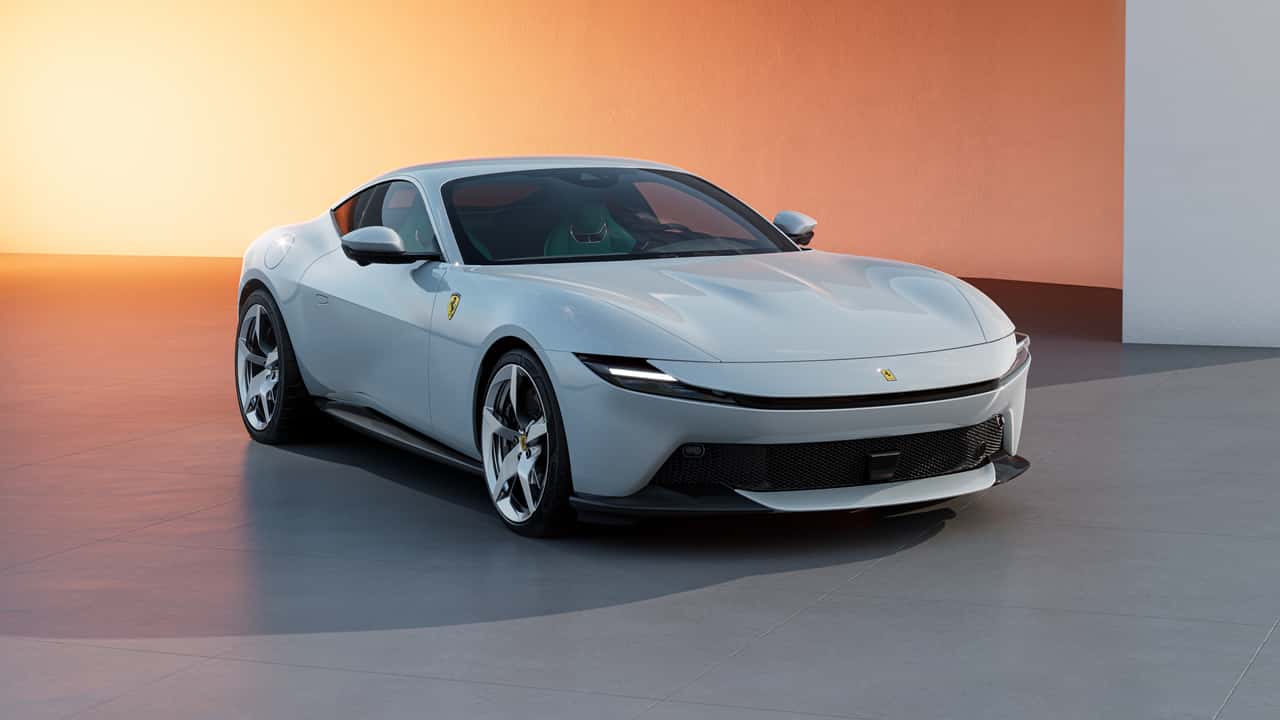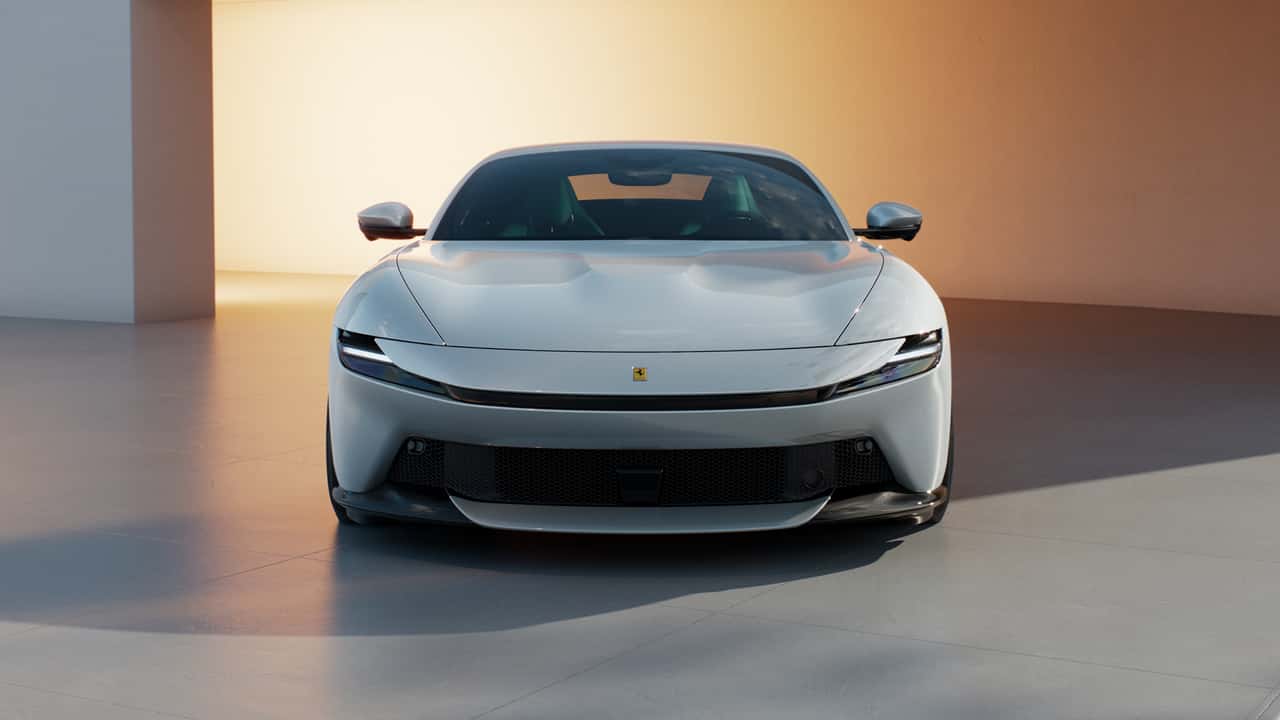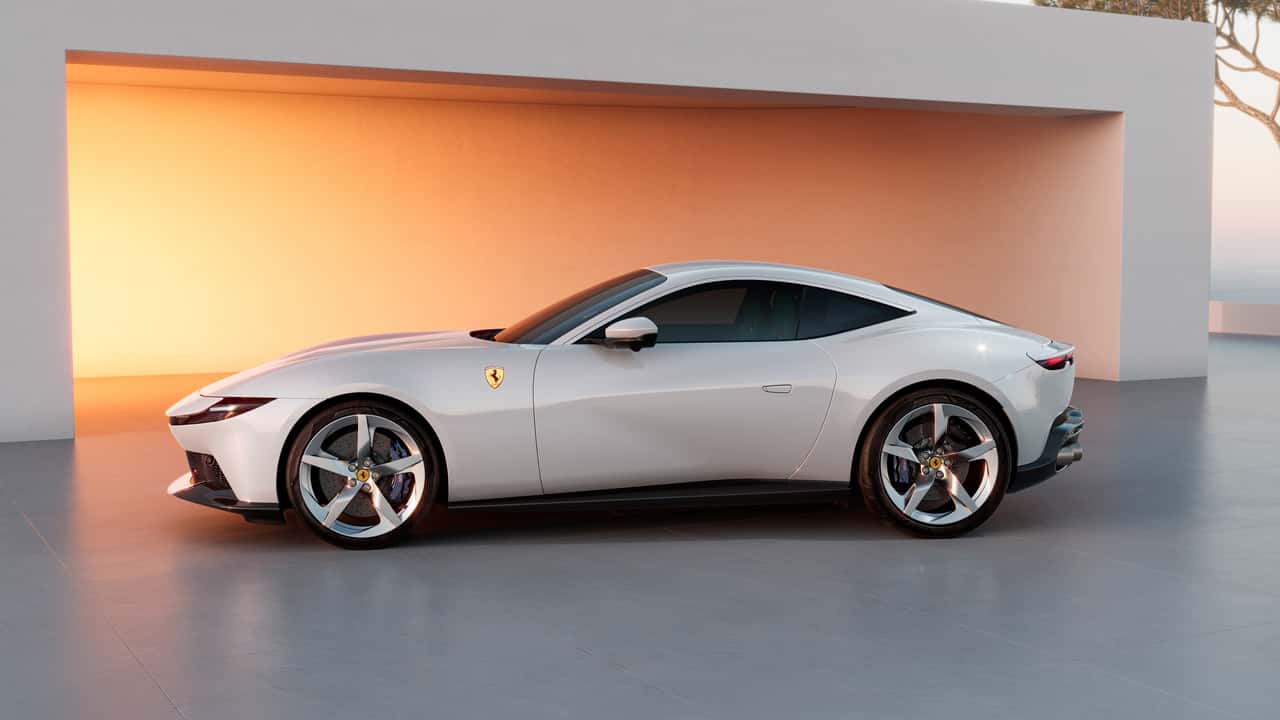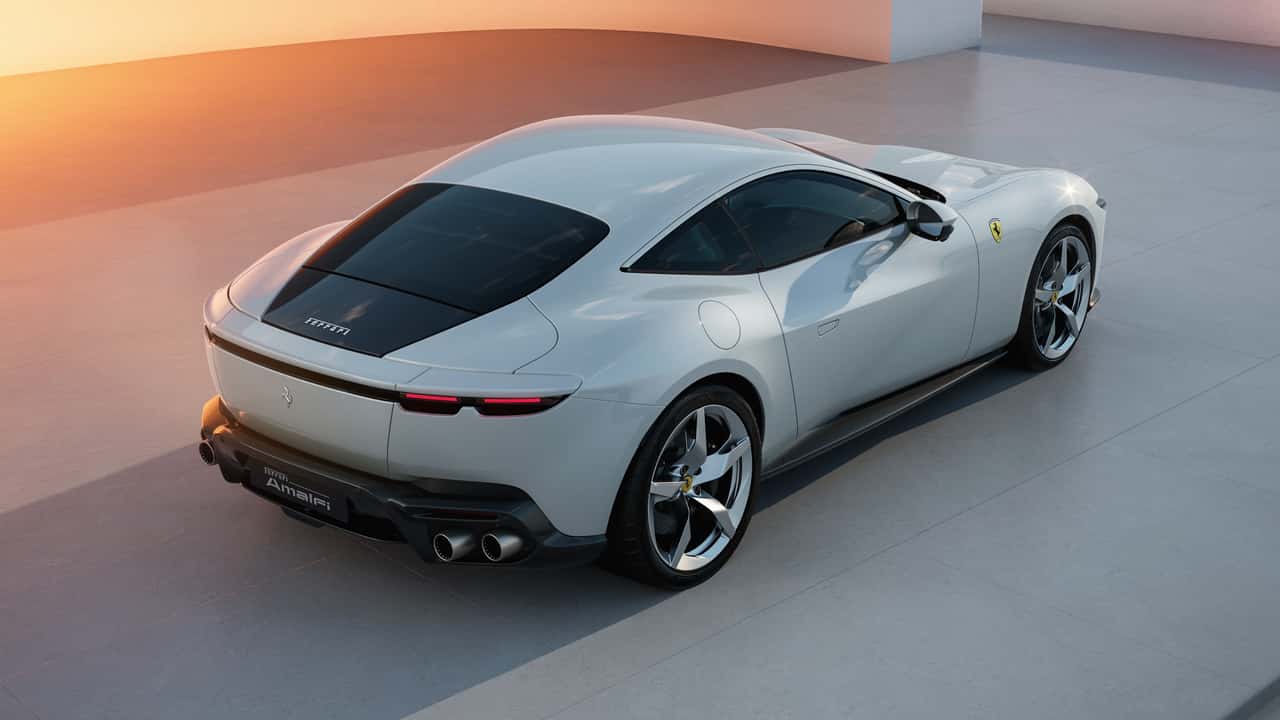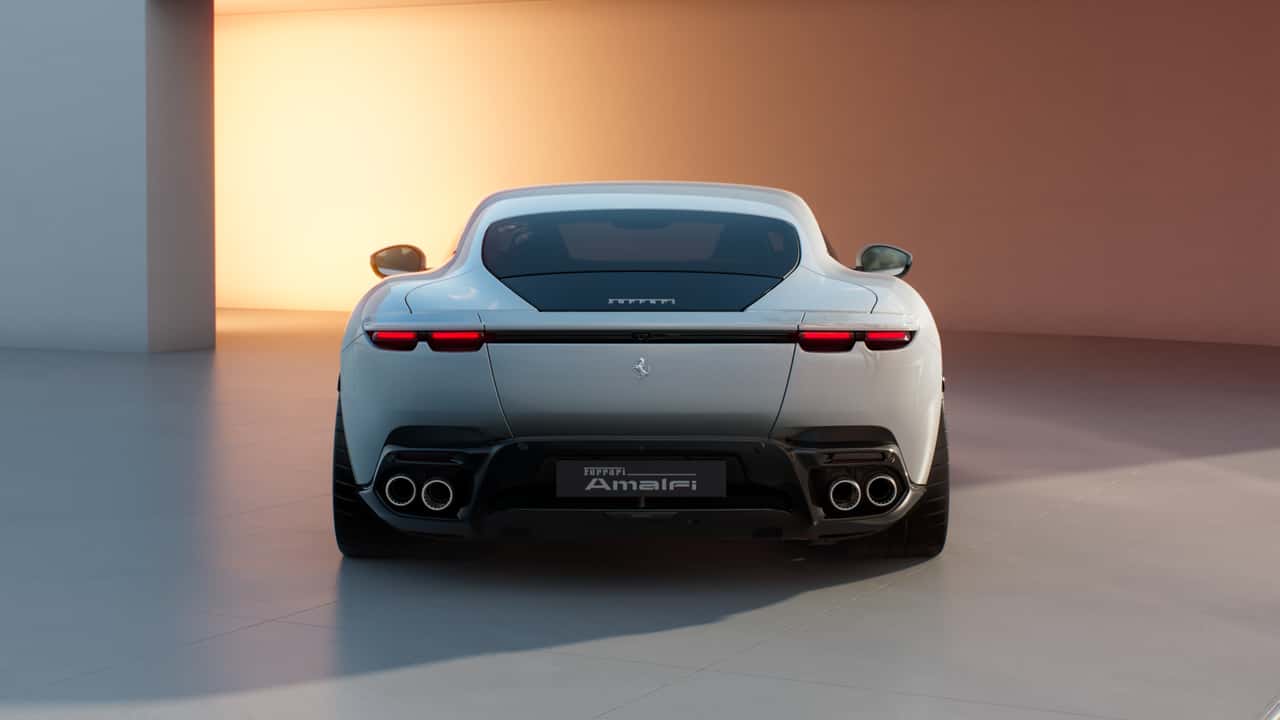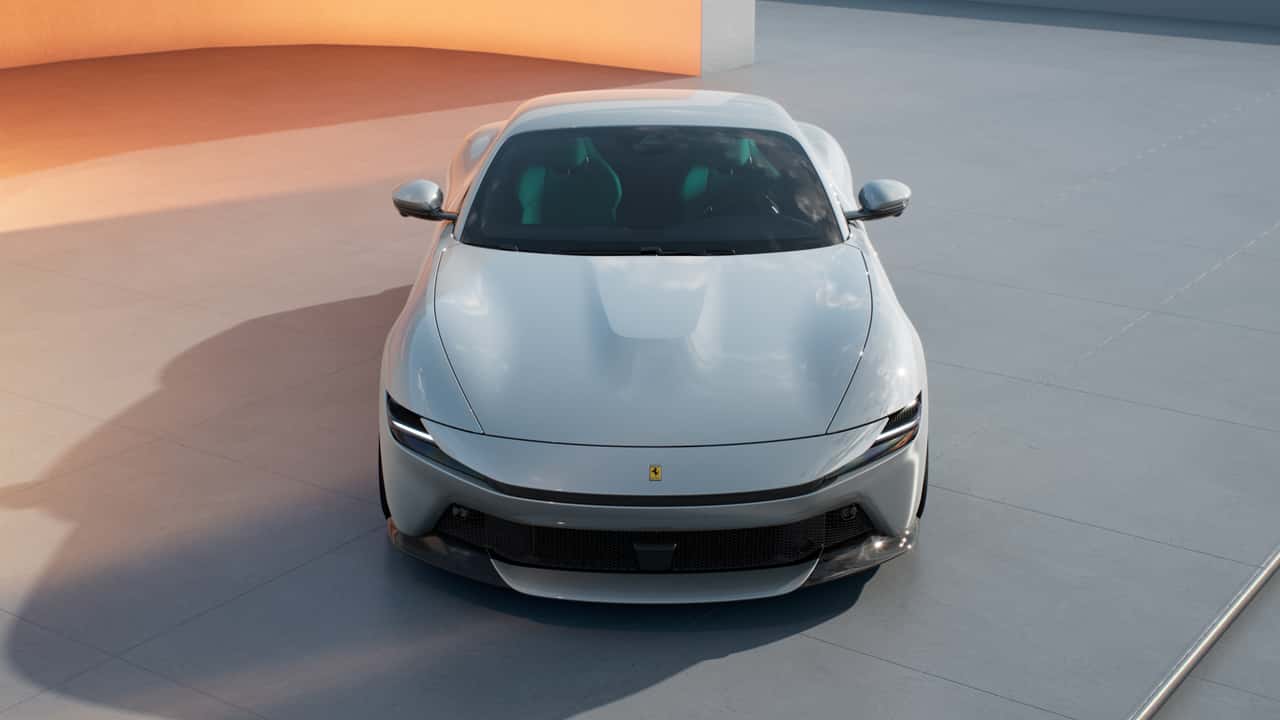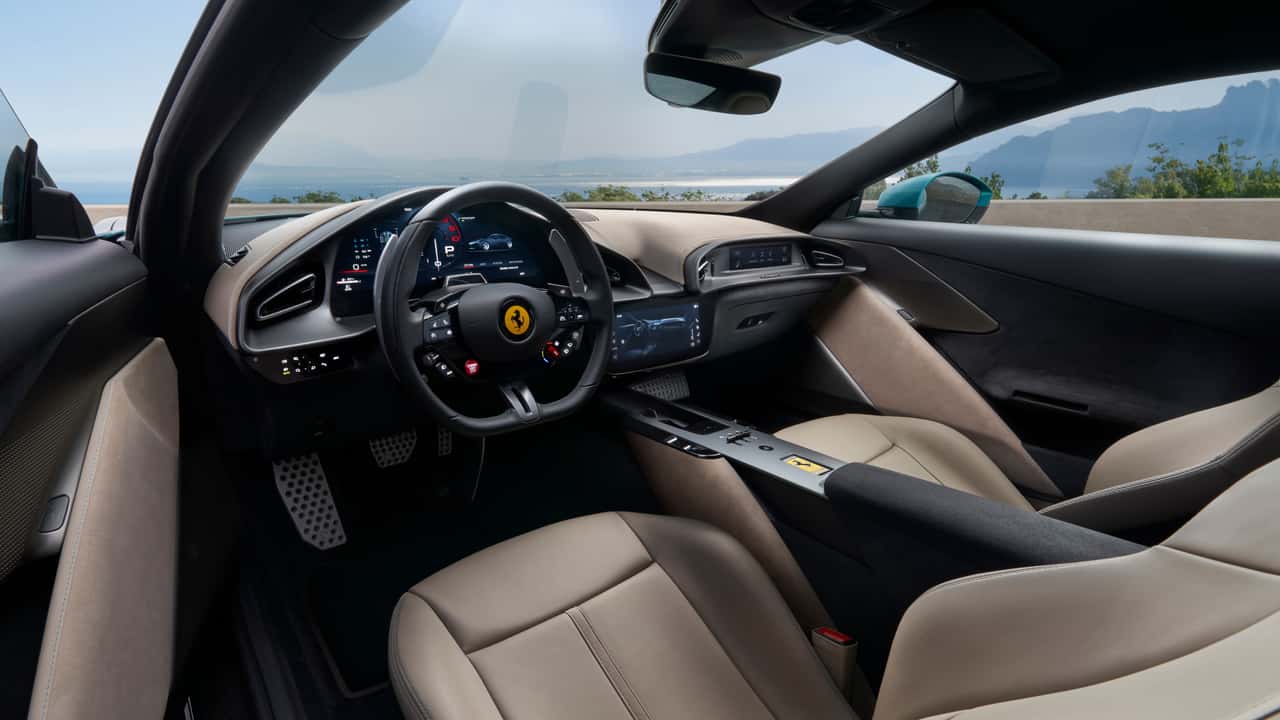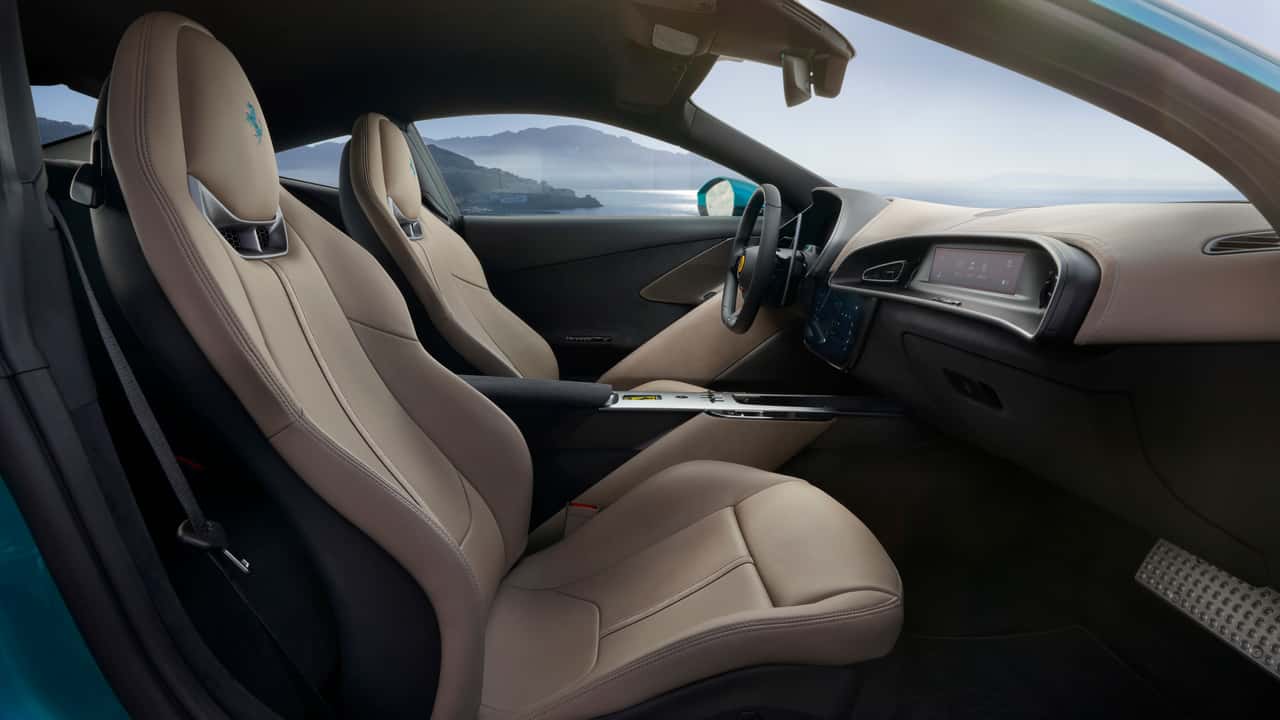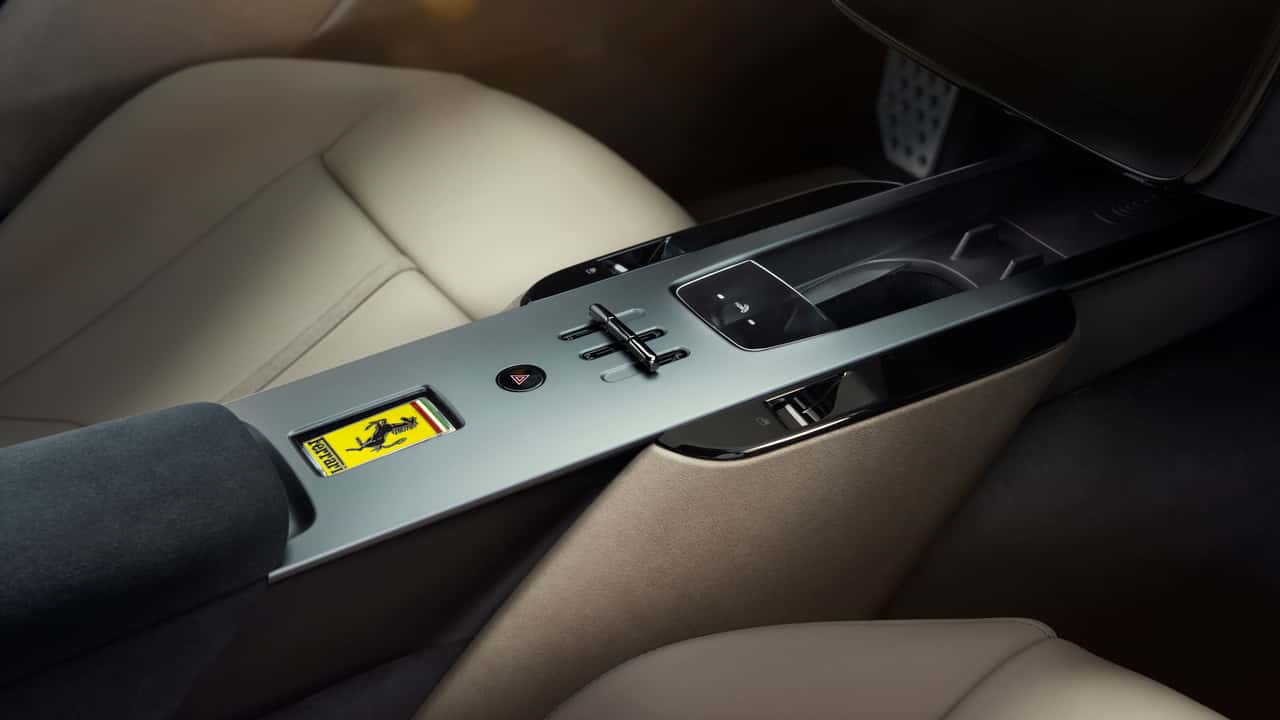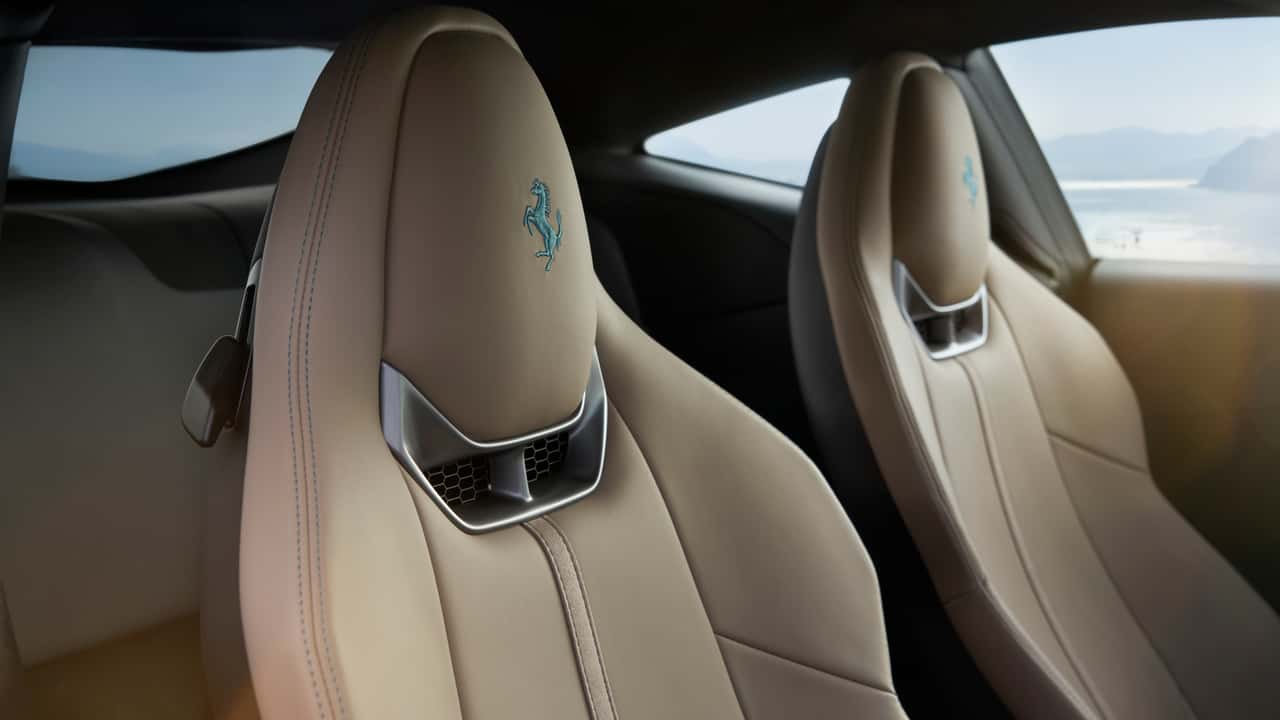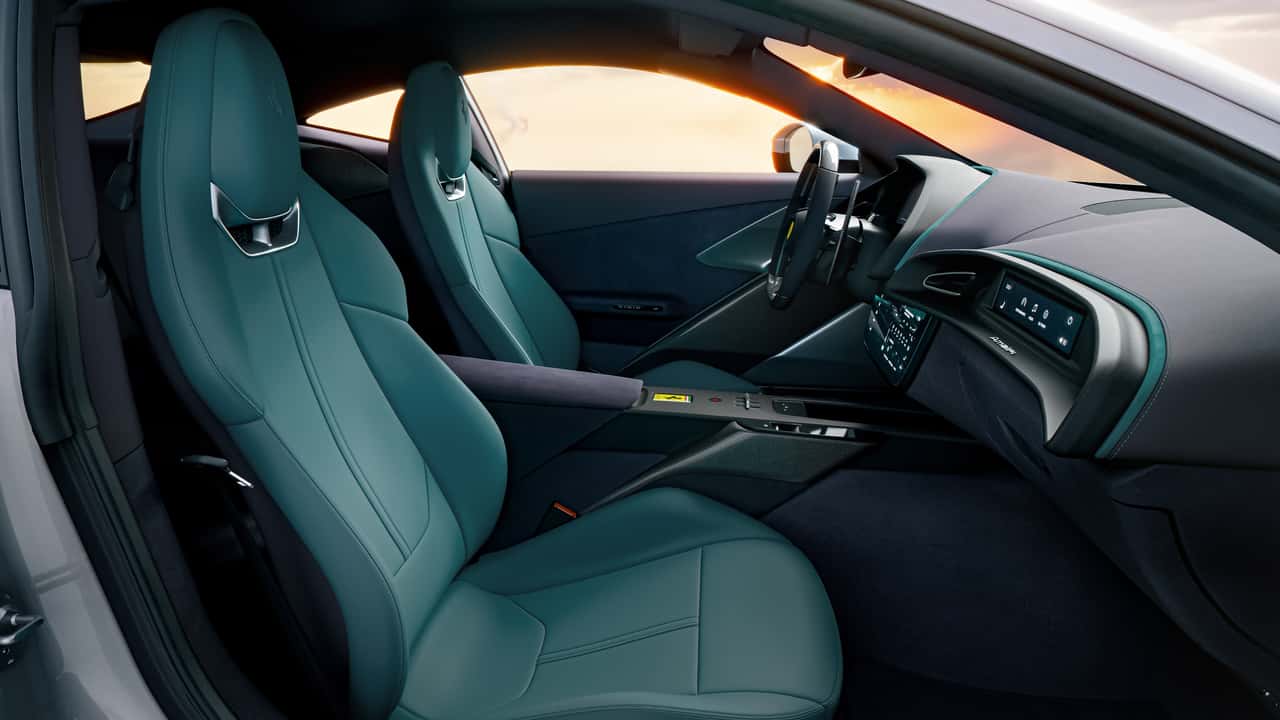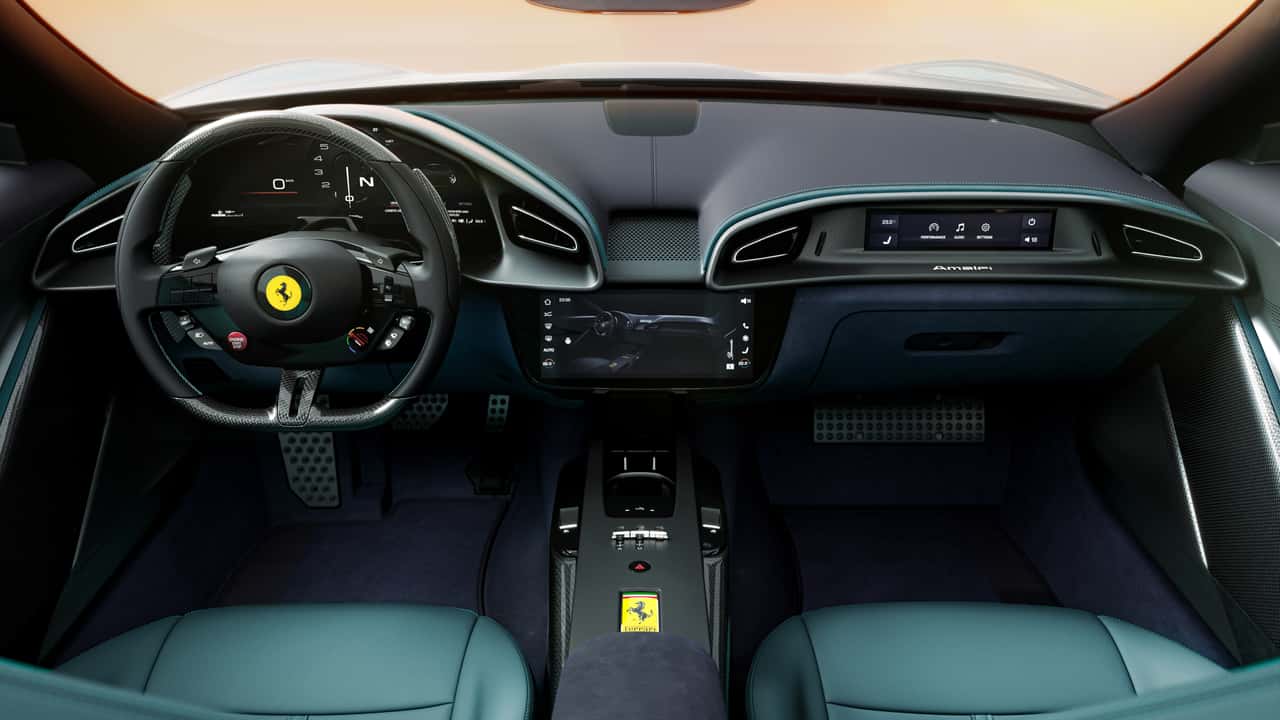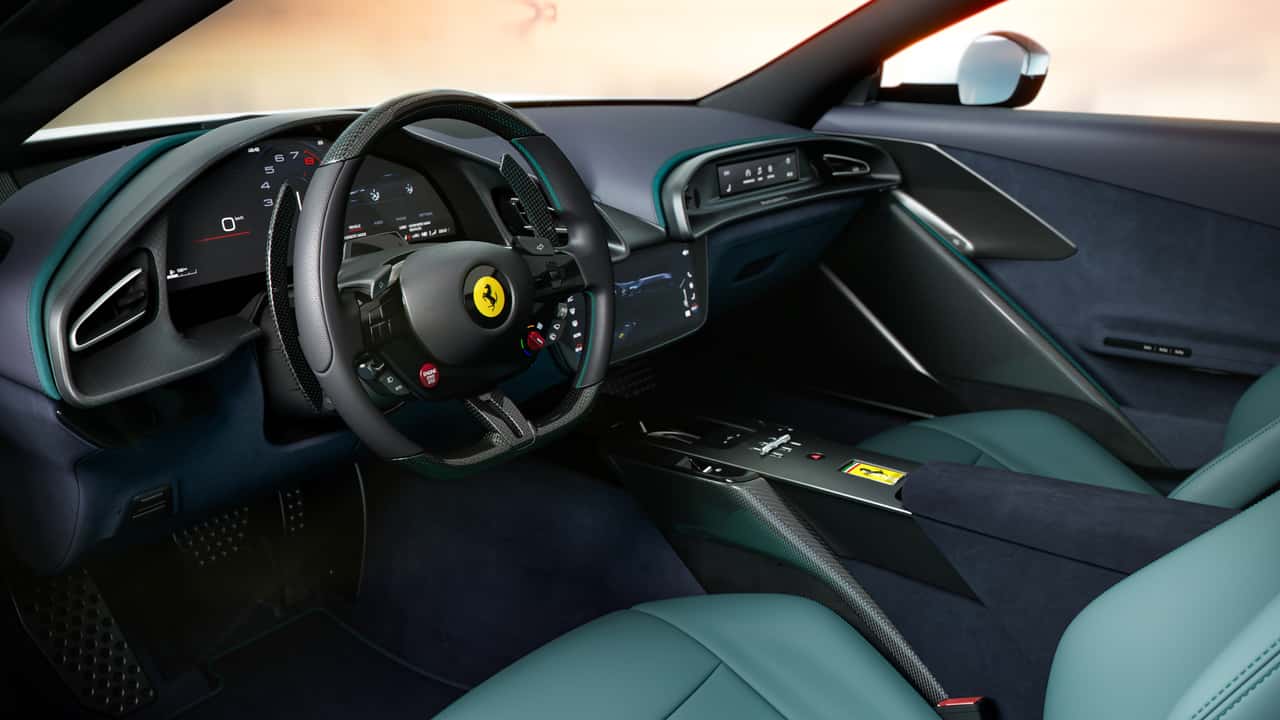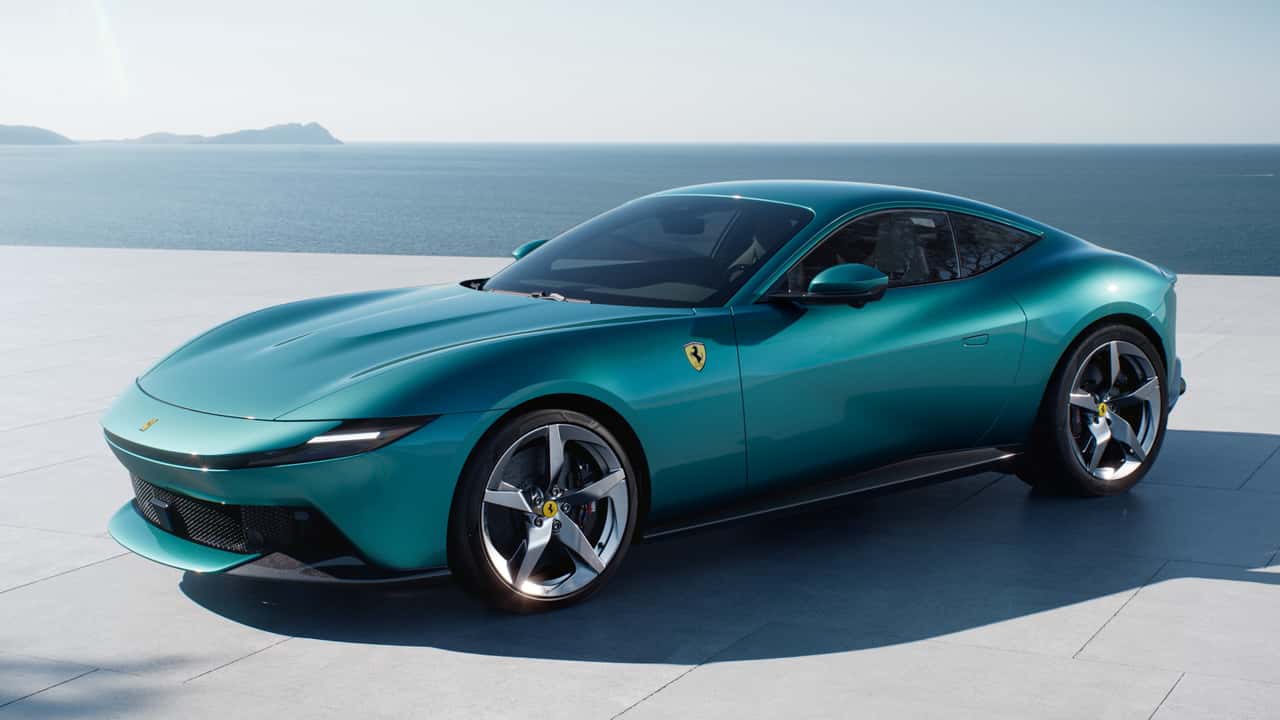
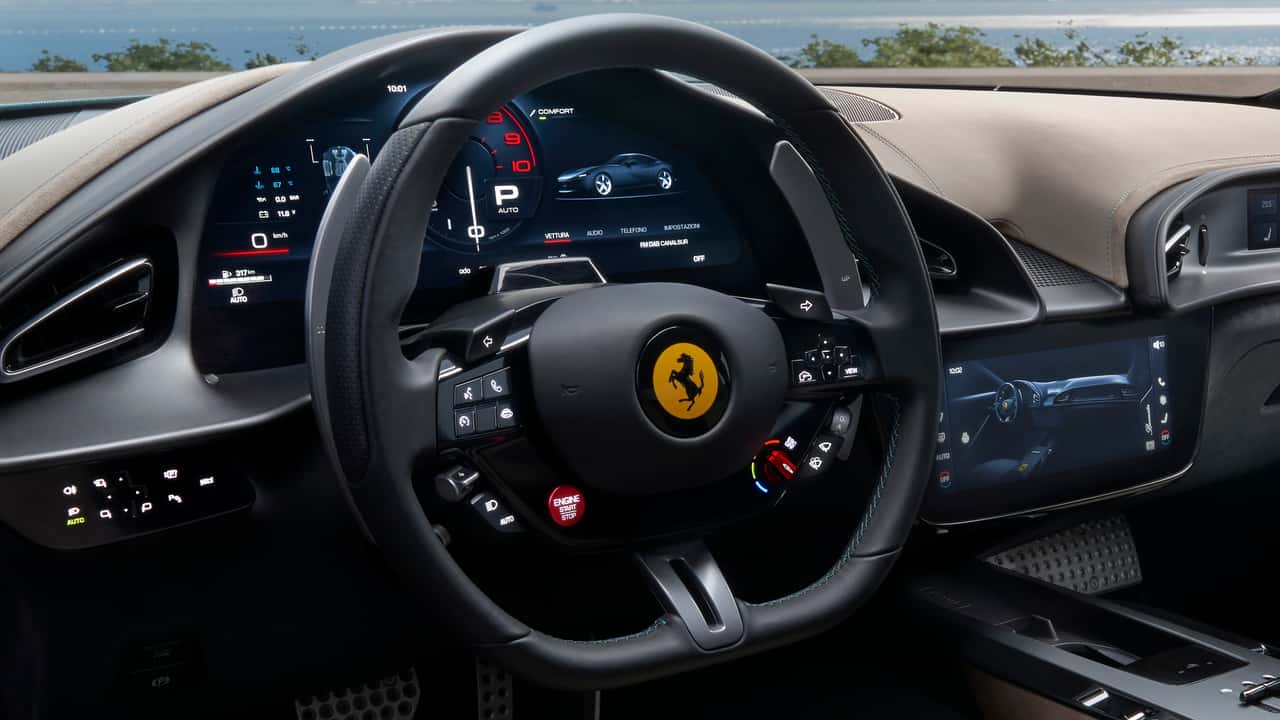

When Ferrari showed the Amalfi last night, we were pleased to see that the Roma’s successor received a more powerful V-8 without resorting to a hybrid setup. Another highlight is inside, where the “entry-level” Prancing Horse now features a redesigned steering wheel with physical buttons and a proper start button. Why the change? Maranello responded to customer complaints about capacitive-touch keys, which many found frustrating, and is now reverting to physical controls.
The Amalfi leads the way, but all future Ferrari models will feature physical buttons on the steering wheel. Commercial boss Enrico Galliera told Autocar that real buttons “will be deployed in every new launch we put in the market.” Even better, product development boss Gianmaria Fulgenzi told Top Gear that a retrofit for existing models is possible. Current owners won’t have to replace the entire steering wheel; only the center section needs to be swapped, and the procedure can be done at a dealer without shipping the car back to Italy.
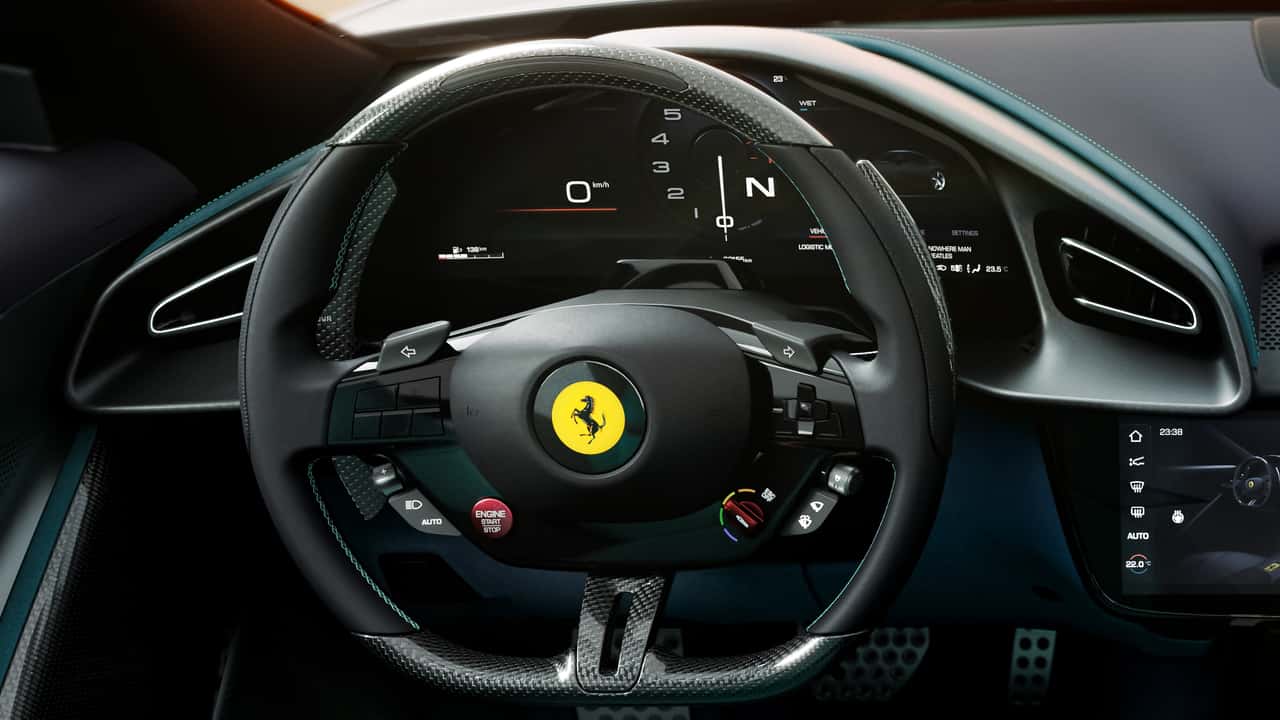
Photo by: Ferrari
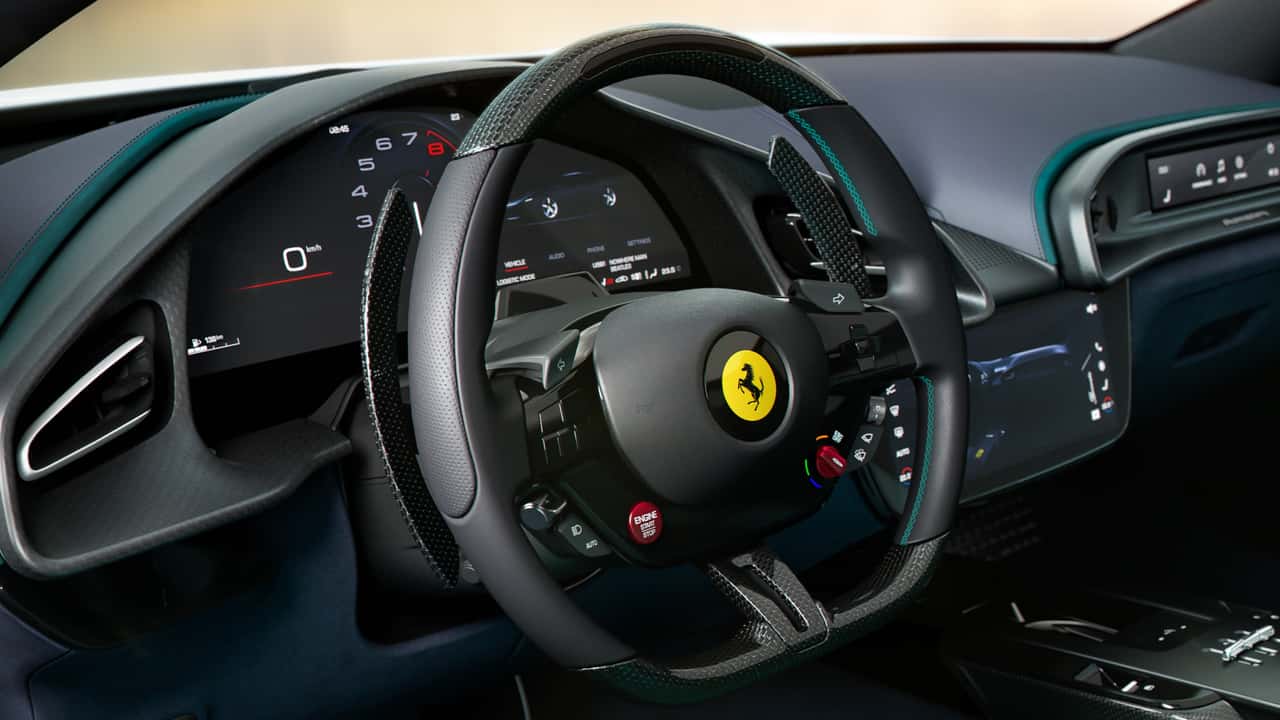
Photo by: Ferrari
But why did Ferrari embrace touch-sensitive keys in the first place? According to Galliera, it began with the SF90 and the idea of equipping the mid-engine supercar with the latest available technology at the time. However, the company soon realized this approach wasn’t “100% perfect for the use that is done in the car.” He added, “This became clear, and it was feedback that we received very loudly from our clients.”
Galliera believes touch buttons are “extremely innovative” but admits Ferrari failed to consider that “when you use it, you’re also driving, and the end result [goes against] our objective of eyes on the road, hands on the steering wheel.” The intent was to replicate the speed and familiarity of using a smartphone, but that didn’t go as planned.
Although touch controls tend to be frustrating, the haptic interface hasn’t deterred buyers. Ferrari had record sales in 2024, delivering 13,752 cars, or up 0.7% from the previous year. It has enough customer orders to cover production through the end of next year, meaning newly placed orders won’t be fulfilled until 2027.
Ferrari isn’t the only automaker moving away from touch controls on steering wheels. Last year, Volkswagen reinstated physical buttons on the GTI, R, and even the lesser R-Line trim, which is sold outside the United States. For future models, VW is also bringing back some proper buttons on the center console.
However, the era of dashboards with dedicated climate and frequently used controls is slowly fading. Sure, exceptions still exist (Toyota and Hyundai/Kia spring to mind), but for the most part, it’s all about screens now. Heck, even Ferraris now have an extra display just for the front passenger.
Lewis Hamilton Hypes Up The Ferrari F80: ‘Fastest Road Car I’ve Ever Been In’
The Electric Ferrari Isn’t Coming This Year
Source: Autocar, Top Gear
